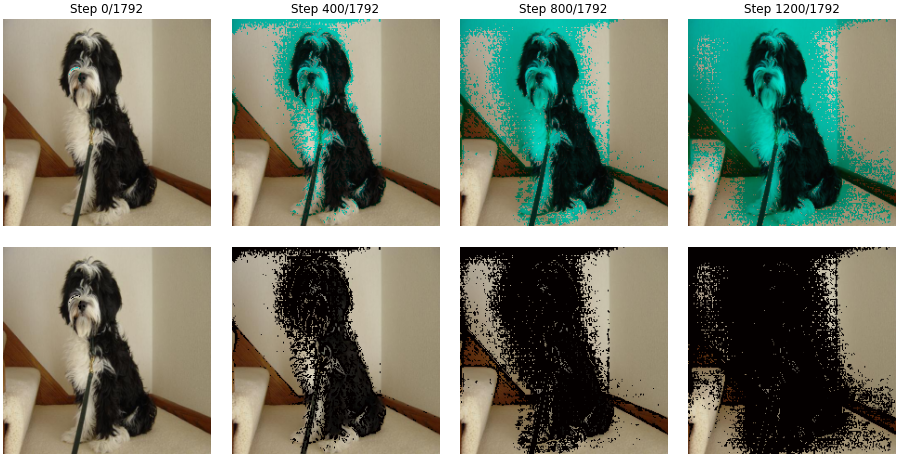---------------------------------------------------------------------------
TypeError Traceback (most recent call last)
[<ipython-input-7-432ed12102bf>](https://localhost:8080/#) in <module>()
50 y_batch=y_batch.cpu().numpy(),
51 a_batch=None,
---> 52 **{"method": "Saliency", "device": device, "img_size": 28})
53
54 print(f"Epoch {epoch+1}/{epochs} - loss {loss.item():.2f} - test accuracy: {(100 * test_acc):.2f}% - max sensitivity {np.mean(sensitivities[epoch]):.2f}")
1 frames
[/usr/local/lib/python3.7/dist-packages/quantus/metrics/robustness_metrics.py](https://localhost:8080/#) in __call__(self, model, x_batch, y_batch, a_batch, *args, **kwargs)
432 inputs=x_batch,
433 targets=y_batch,
--> 434 **self.kwargs,
435 )
436
[/usr/lib/python3.7/typing.py](https://localhost:8080/#) in __call__(self, *args, **kwargs)
676 raise TypeError(f"Type {self._name} cannot be instantiated; "
677 f"use {self._name.lower()}() instead")
--> 678 result = self.__origin__(*args, **kwargs)
679 try:
680 result.__orig_class__ = self
TypeError: Callable() takes no arguments




